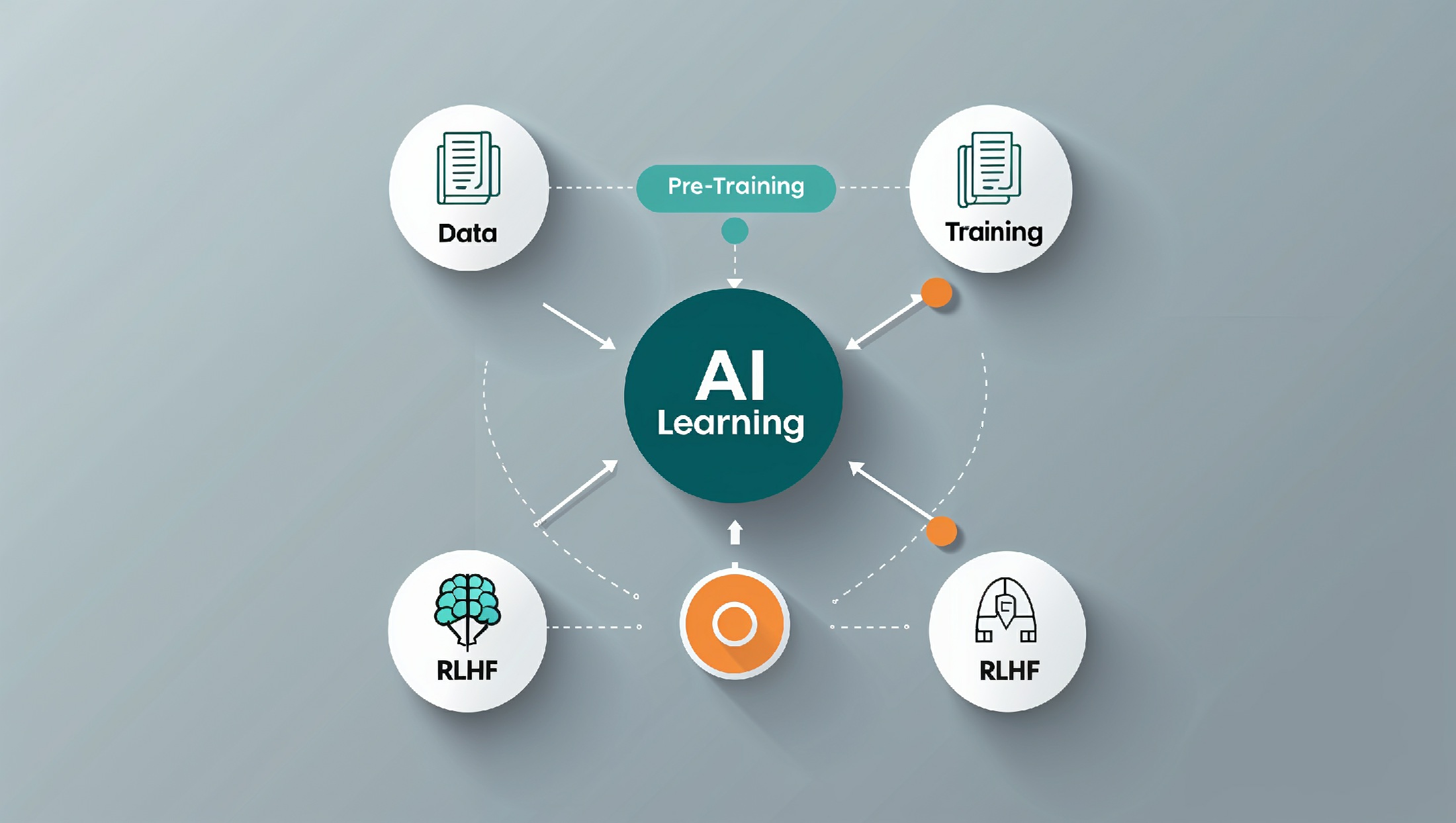When you're dealing with large language models, the difference between a tool that's just functional and one that's truly dependable often comes down to how well it's been aligned with human judgment. That's where Reinforcement Learning from Human Feedback, or RLHF, plays a pivotal role. It's not some abstract concept—it's a hands-on technique that refines AI outputs to make them more accurate, ethical, and practical for everyday use.
Breaking it down, RLHF builds on the initial training of these models. They start by absorbing massive amounts of data to recognize language patterns, but that can result in responses that feel off-kilter or even problematic. RLHF addresses this through a few key steps. It begins with supervised fine-tuning, where experts craft preferred responses to various prompts, teaching the model to emulate better examples. Then, a reward model is developed: annotators compare pairs of outputs, scoring them on factors like relevance, safety, and clarity. This creates a system of incentives. The final piece involves reinforcement learning algorithms—think methods like Proximal Policy Optimization—to tweak the model over iterations, pushing it toward higher-reward behaviors without rigid programming for every edge case.
The results speak for themselves. Take OpenAI's work with InstructGPT: by applying RLHF, a smaller 1.3 billion-parameter model outperformed the massive 175 billion-parameter GPT-3 in human preference tests, showing how targeted feedback can punch above its weight in terms of efficiency and quality. Research backs this up too—studies have documented drops in toxic content generation, with aligned models cutting harmful outputs by notable margins in diverse scenarios. On benchmarks for logical tasks, like solving math puzzles or coding challenges, RLHF has lifted performance from around 50% accuracy to the low 50s, and it improves how models handle unfamiliar situations by a few percentage points in comparative evaluations. These aren't just tweaks; they're measurable shifts that make AI more robust.
The real strength of RLHF lies in its human element, especially when grappling with tricky logic or ethical gray areas. Algorithms are great at crunching data, but they can miss nuances—like cultural sensitivities or layered reasoning that demands a touch of empathy. Skilled annotators step in here, reviewing outputs for bias, ensuring fairness, and steering the model toward balanced perspectives. It's this layer that prevents RLHF from backfiring and instead turns it into a safeguard for applications where trust matters, such as advisory systems or content moderation.
Of course, the quality of that human input is everything. Generic annotation might skim the surface, but complex projects need teams that can dive deep into logical puzzles and moral quandaries. Providers like Artlangs excel in this space, with annotation squads trained to handle the subtleties that elevate RLHF outcomes. Their approach ensures models don't just improve technically but also align ethically, delivering results that feel right in real-world contexts.
All said, RLHF's effectiveness boils down to partnering with the right experts. Artlangs Translation, proficient in over 230 languages, has built its reputation through years of dedicated work in translation, video and game localization, subtitle adaptations for short dramas, multilingual dubbing for audiobooks and series, plus comprehensive data annotation and transcription services. With a string of successful projects under their belt—from global content launches to intricate AI datasets—they bring the kind of seasoned insight that turns potential into performance. If you're looking to level up your language model, their expertise is hard to beat.











